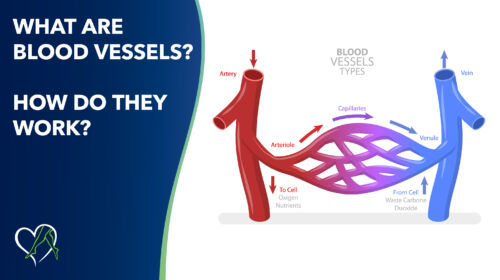
Obstructive Sleep Apnea & Varicose Veins: Are They Related?
This blog explores the potential link between obstructive sleep apnea (OSA) and varicose veins, discussing how the changes OSA causes in the body may contribute to the development of varicose veins over time. It provides an overview of the health implications of both OSA and varicose veins, as well as treatment options for managing these conditions, including minimally invasive procedures offered by Center for Vein Restoration (CVR), America's largest physician-led vein center, which offers comprehensive treatment for chronic venous insufficiency (vein disease).
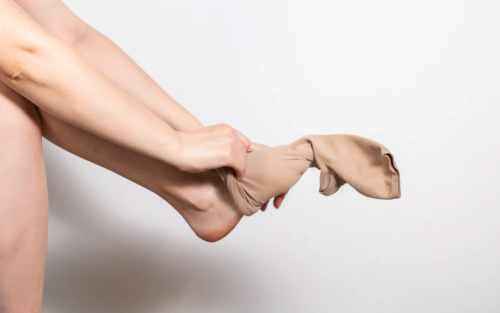
What are the Main Causes of Swelling in a Single Leg?
Have you noticed that one of your legs is swollen but not the other? People wonder when to be concerned about lower extremity leg swelling (edema). Many vein diseases provoke swelling, so it is difficult to diagnose without the help of a medical professional. Some of these problems are mild; others are medical emergencies.

What are the Latest Vein Treatment Options?
Discover the latest advancements in vein treatment options at the Center for Vein Restoration. Say goodbye to the pain, swelling, and embarrassment of varicose veins with cutting-edge outpatient procedures that offer minimal to no downtime. With board-certified physicians and state-of-the-art treatments available nationwide, CVR provides safe, effective, and virtually painless relief from chronic venous insufficiency. Don't let vein disease hold you back—reclaim your freedom and schedule a consultation today!

What Does an Ultrasound Technologist Do?
Explore the profession of ultrasound technologists and the essential role of sonography in vascular health. At Center for Vein Restoration (CVR), our skilled professionals, referred to as ultrasonographers, utilize high-frequency sound waves to image leg veins, aiding in the detection of venous disorders. Working closely with vein physicians, these professionals contribute significantly to enhancing patient outcomes and quality of life. Learn more about CVR's impact on vein care and book your consultation today.
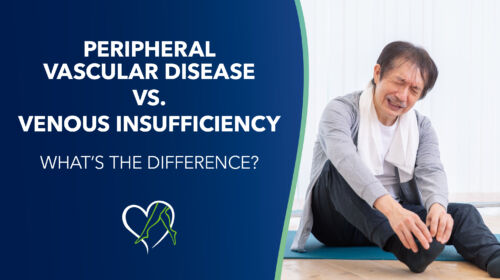
Peripheral Vascular Disease vs. Venous Insufficiency: What’s the Difference?
In our informative blog, we unravel the complexities of Peripheral Vascular Disease (PVD) and Chronic Venous Insufficiency. Learn the causes, symptoms, and impacts these conditions have on your health. Discover why early detection and tailored management plans are essential for your well-being. Discover how Center for Vein Restoration, a trusted leader, provides personalized solutions and outpatient treatment options for venous issues, ensuring your satisfaction and peace of mind. Take charge of your vascular health today with expert advice and proactive steps toward a healthier you.

Why Medical Treatment Trumps Tattoos for Varicose Veins and Spider Veins
You might be tempted to get a tattoo to cover up unsightly varicose veins and spider veins. This blog aims to explain why vein care treatment is a healthier, safer, and far better choice.
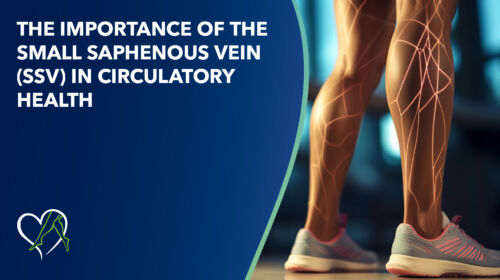
The Importance of the Small Saphenous (SSV) Vein in Circulatory Health
This blog explores the small saphenous vein (SSV), a critical component of the circulatory system. From its anatomy and function to the implications of vein problems, including venous insufficiency and thrombophlebitis, this blog offers valuable insights into maintaining circulatory health. It also outlines various treatment options, including minimally invasive procedures like endovenous laser treatment and sclerotherapy to address circulatory issues effectively.

Do Varicose Veins Come Back Again After Treatment?
In the blog, Mohamed T. Hassan, MD, DABVLM, RPVI, lead physician at Center for Vein Restoration (CVR) vein clinics in Hoover (Birmingham), Alabama, and Trussville, Alabama, addresses the issue of varicose veins, focusing on modern treatments that can make a real difference for those dealing with leg pain. CVR is at the forefront of these advanced outpatient treatment methods, offering solutions to reduce the chances of new vein problems arising.
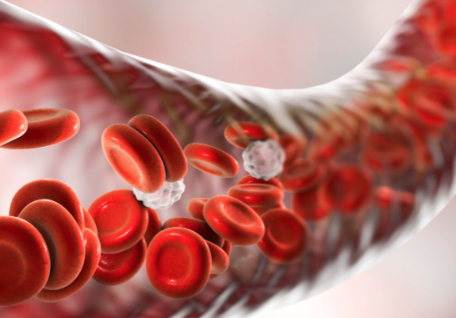 About Vein Disease
About Vein Disease
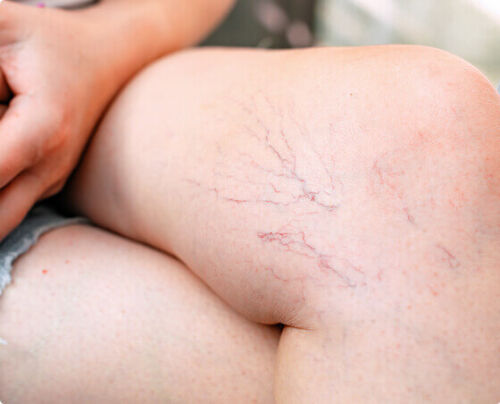 Spider Veins
Spider Veins
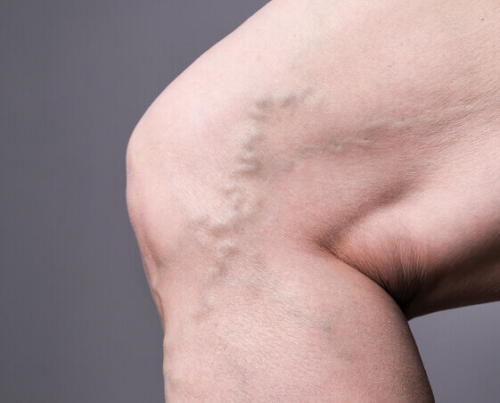 Varicose Veins
Varicose Veins
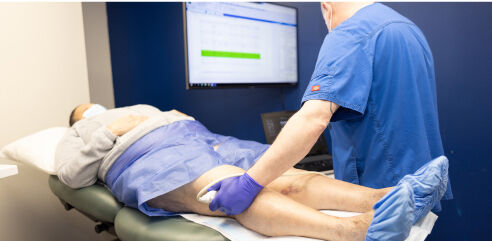 Vein Disease Treatments
Vein Disease Treatments
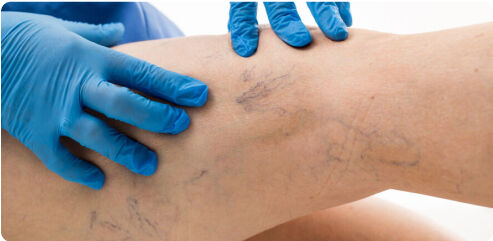 Treating Spider Veins
Treating Spider Veins
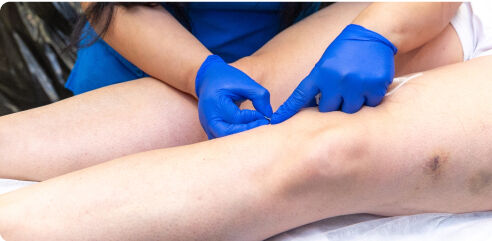 Treating Varicose Veins
Treating Varicose Veins
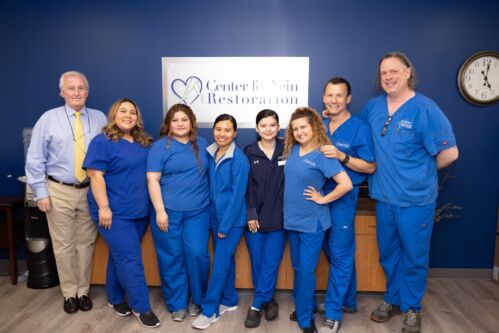 About Us
About Us
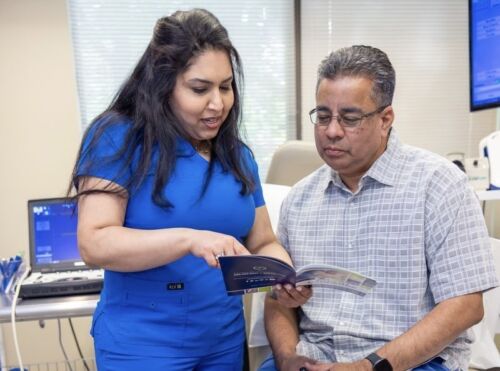 Patient Resources
Patient Resources
 Physician Resources
Physician Resources
